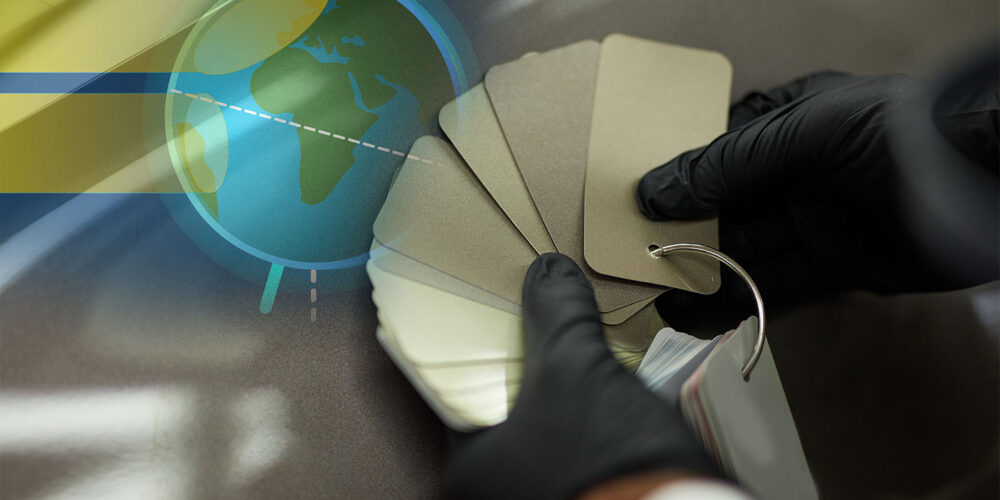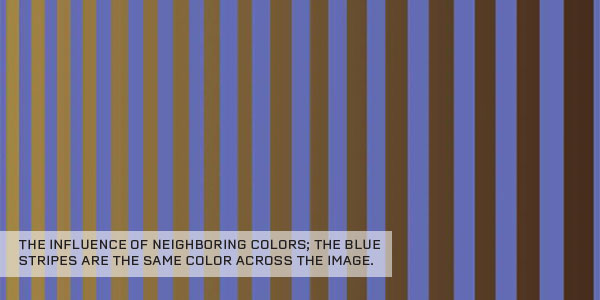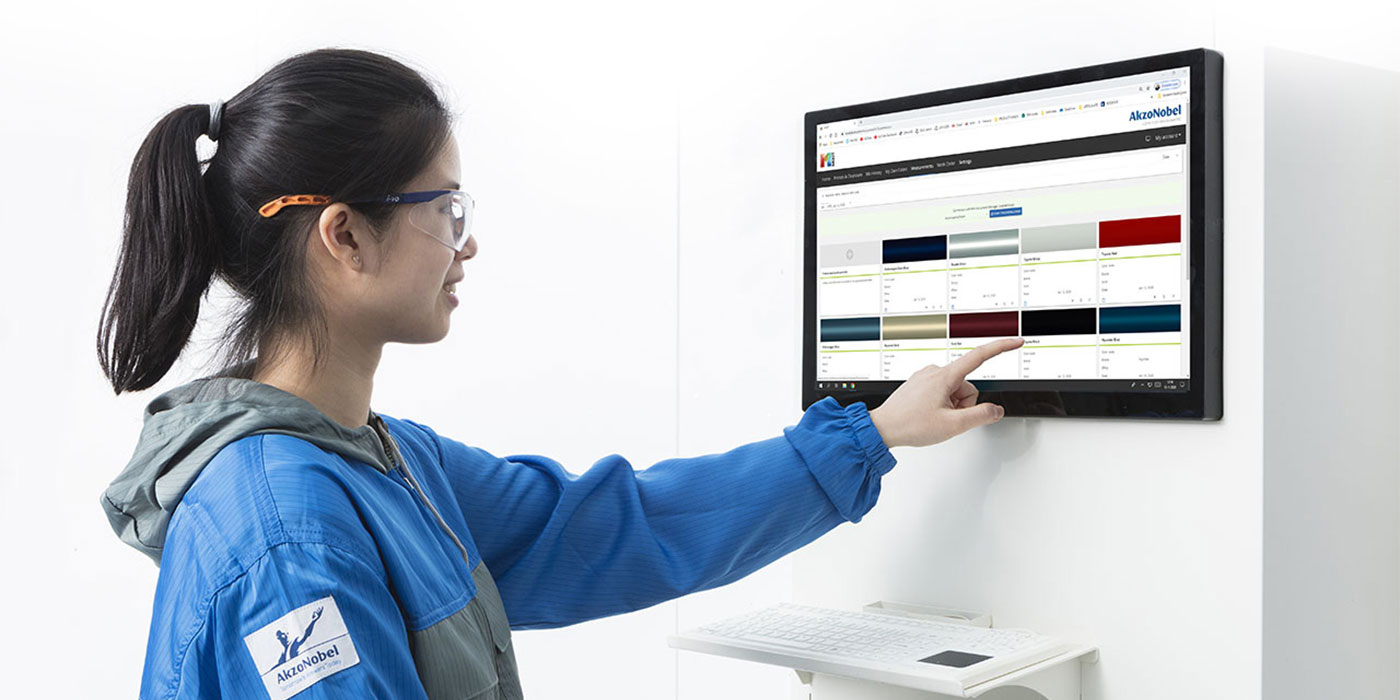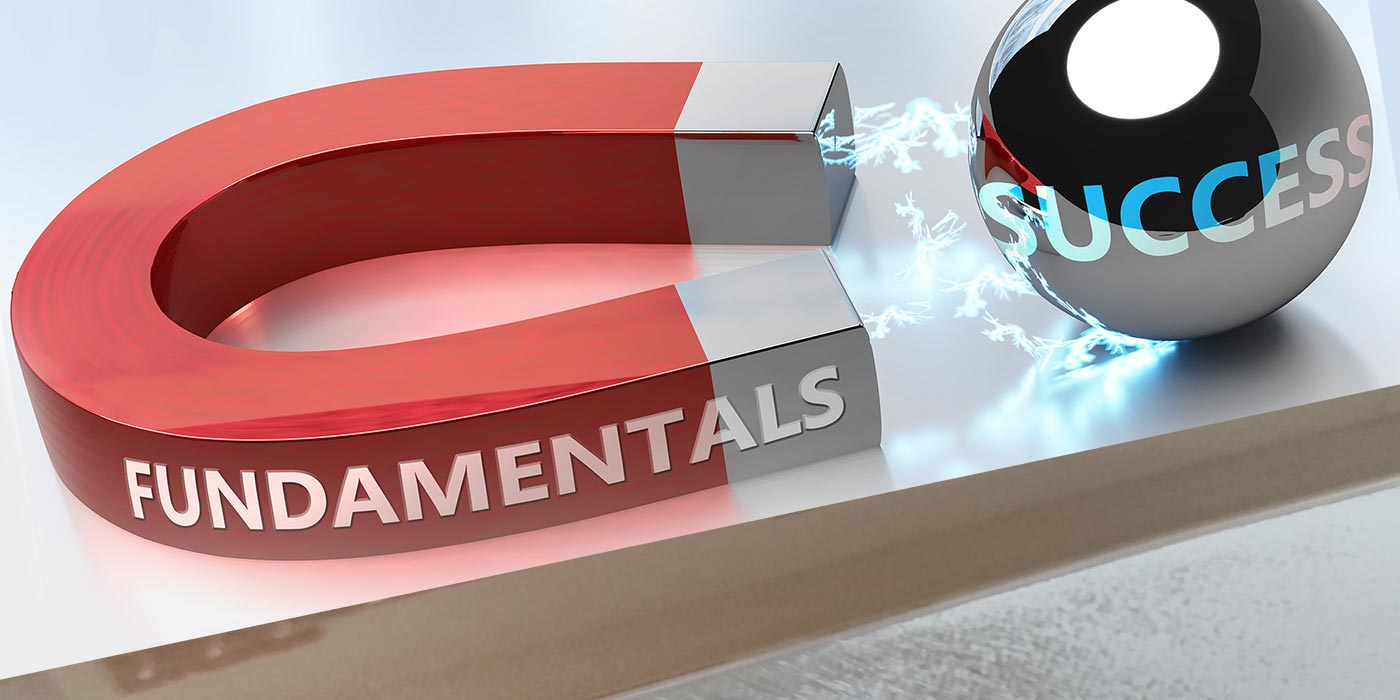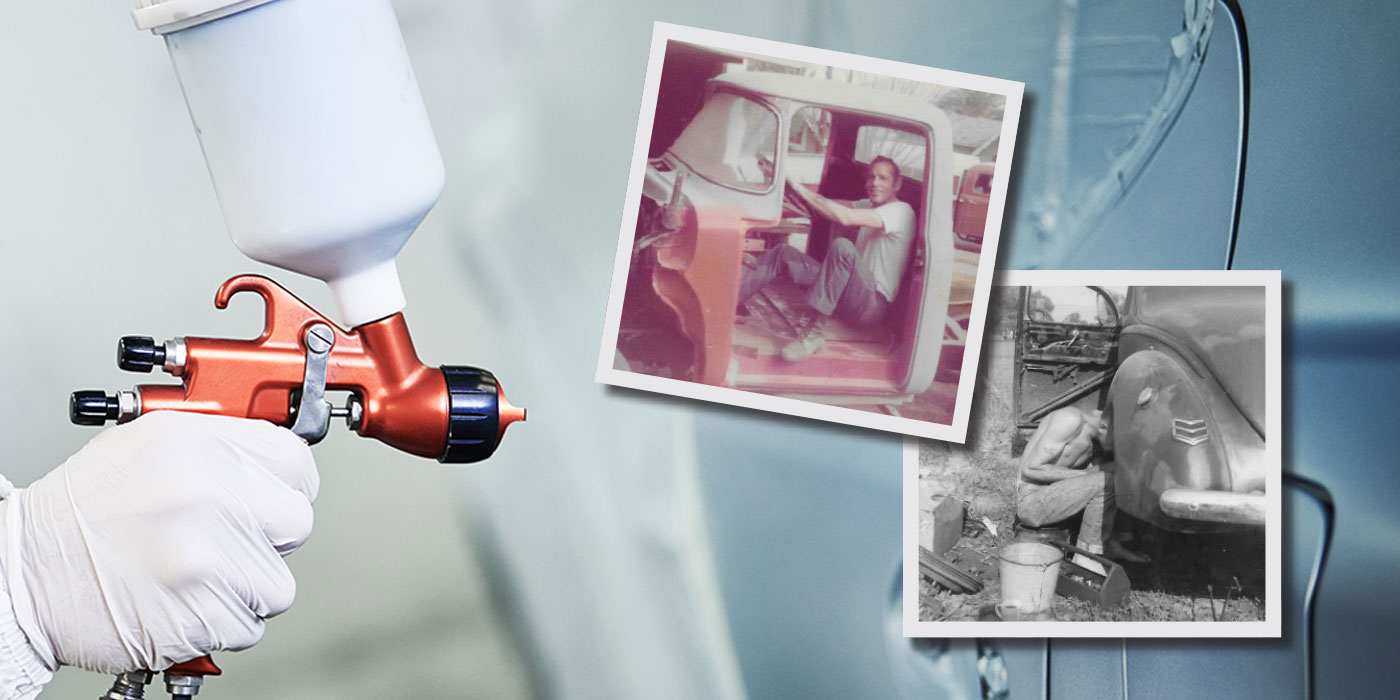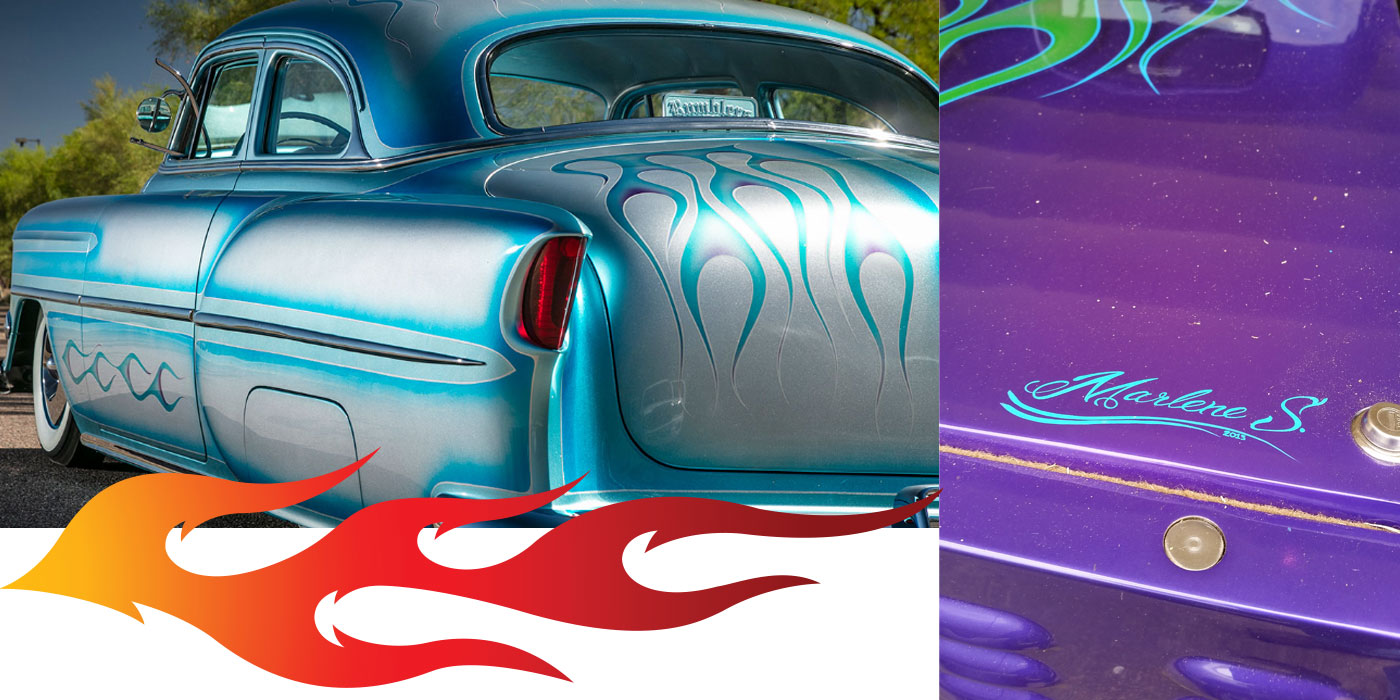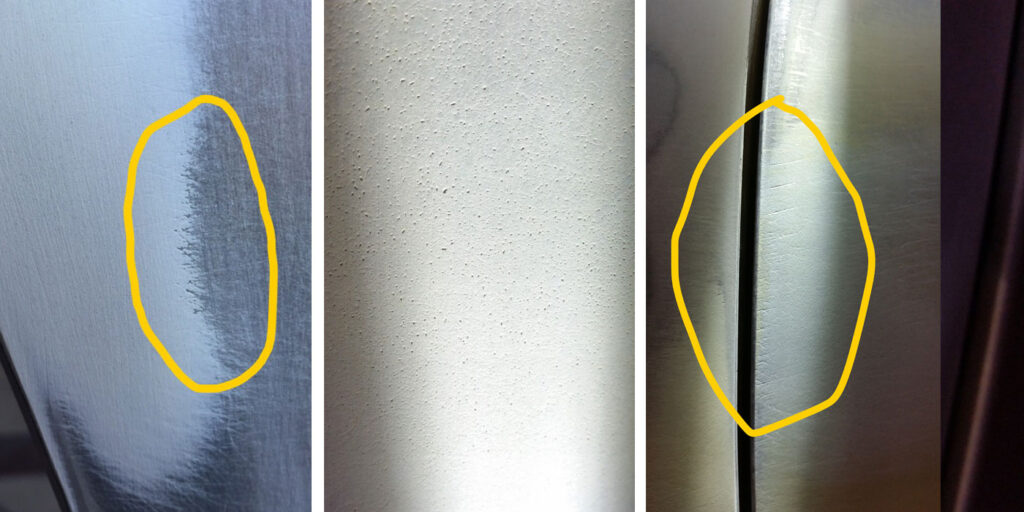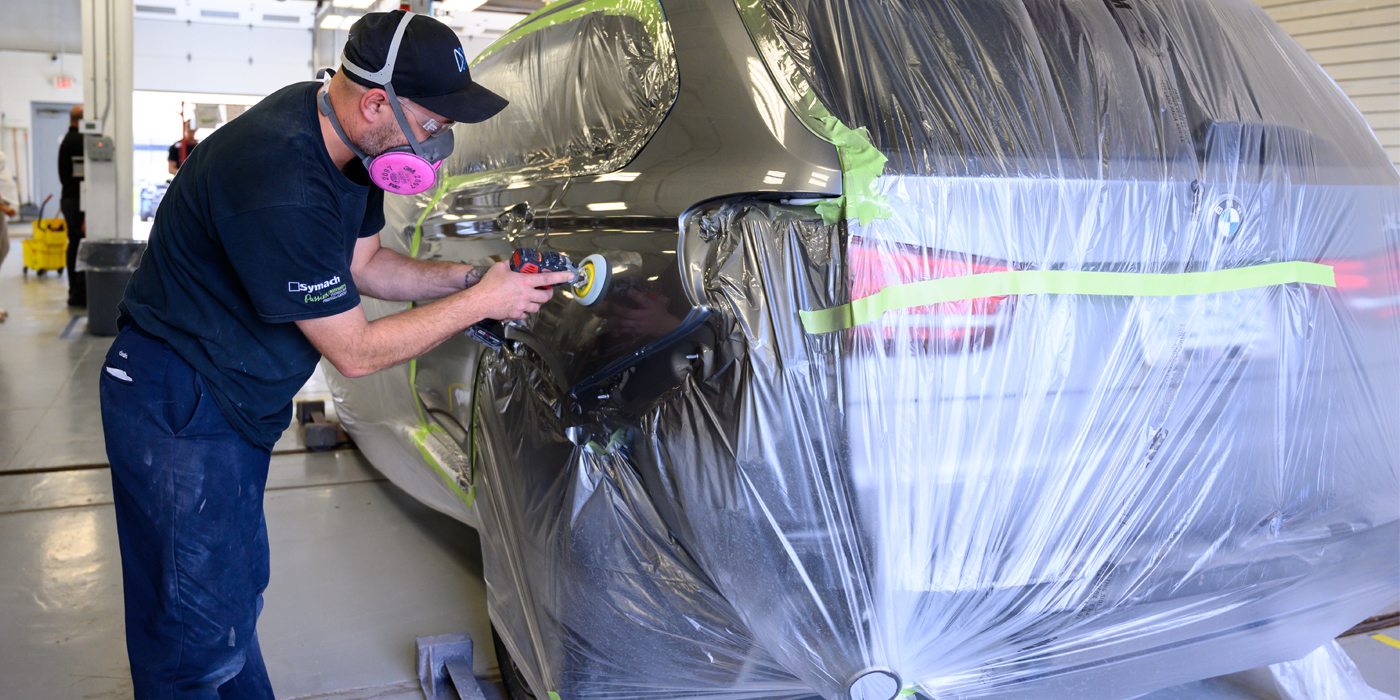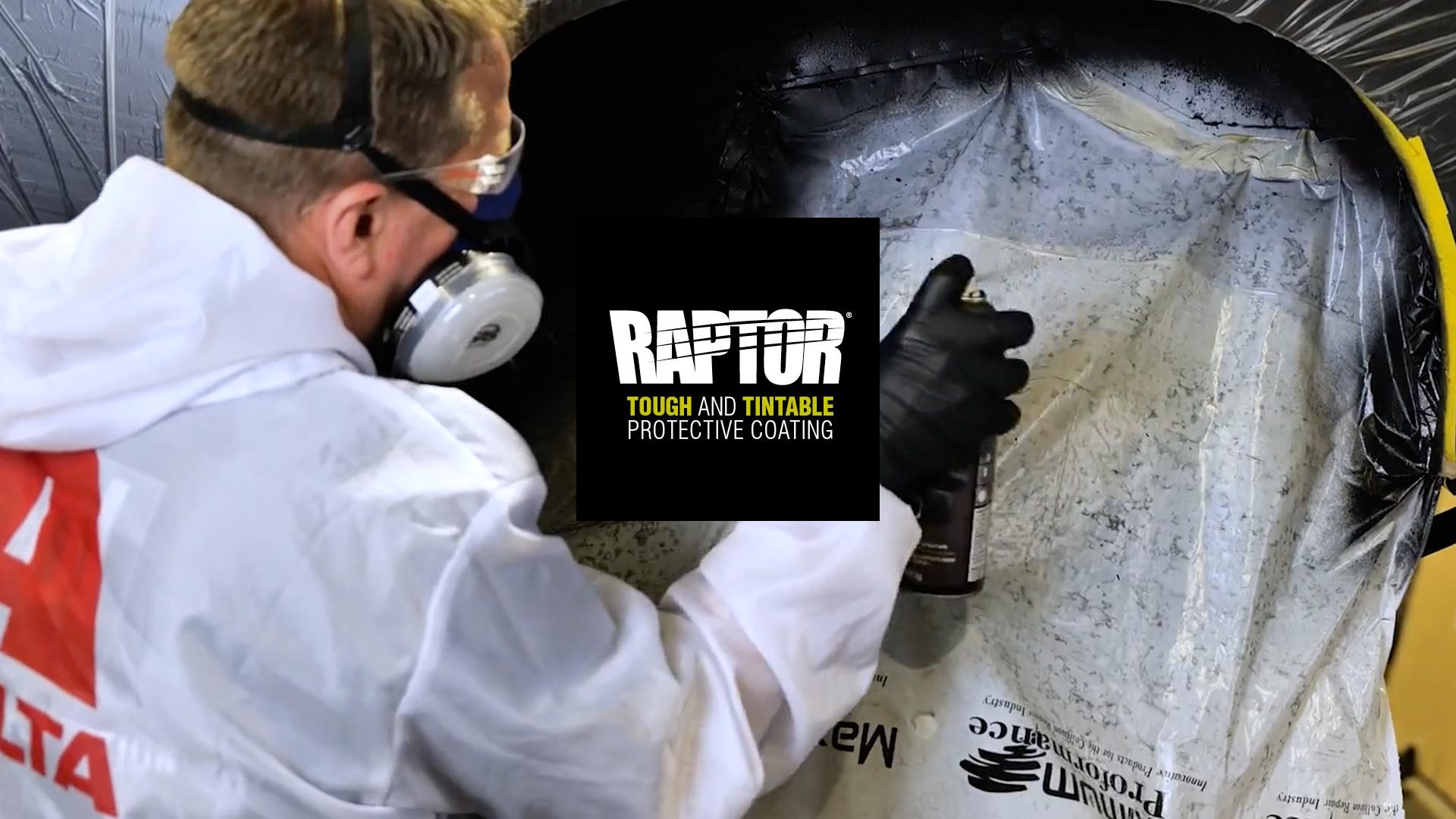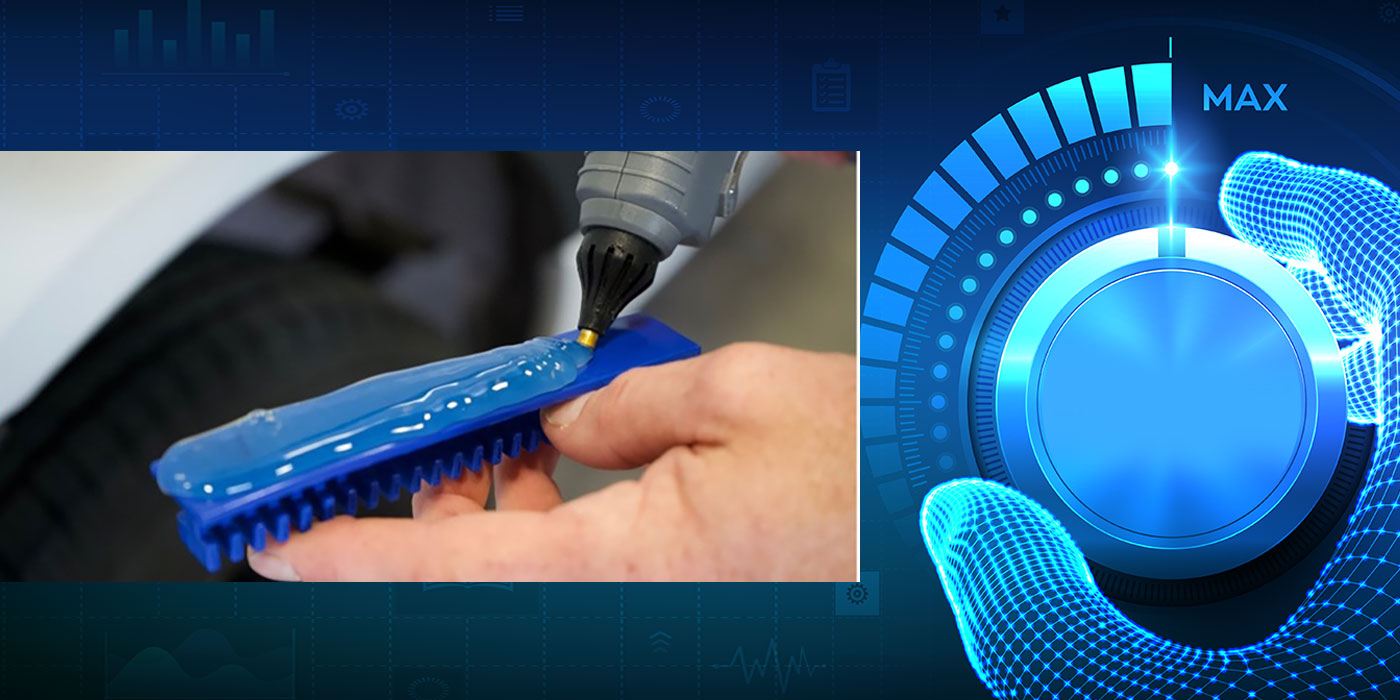Ask most painters if colors are becoming more difficult, and they’ll answer: yes. Colors are harder to match. Ask the same question 20 years ago, and you’d still get the same answer. You’d likely get the same answer if you asked it 40 years ago. Is this a case of “present-ism,” or the belief that the current generation of painters are dealing with problems and issues that were heretofore unknown? Maybe.
On a Mission
It does appear that the OEMs seem to be on a mission to give us the most unique and difficult colors in the history of car painting. Is this due to regulatory requirements such as eliminating lead from paint decades ago? Leaded paint covered unbelievably well — can you even conceive of yellow covering in a single coat? Or have these difficult colors resulted from a process and cost efficiency perspective from single-stage paint to two-stage paint? Single-stage paint required more color to achieve the film build necessary for protection and longevity. Two-stage BC/CC systems allowed less color and utilized the clearcoat for the required film build and protection — with the durability coming from the topcoat. Has this allowed for more adventurous color experimentation in the basecoat? Perhaps. It is certain that the BC/CC system has allowed for less color (generally the most expensive part of the film build) to be applied over the factory undercoat — to the point of transparency, in some cases. Try and match that!
Did BC/CC pave the way for three-stage factory paint? Four-stage paint? Will we see five-stage paint jobs become a regular offering? We’ve lately been challenged with matte finish paint from the OEMs, and it’s important to note that matte finishes are not universal in their degree of gloss (or lack of it), neither from various manufacturers nor within the same OEM’s products. It’s a moving target.
The current OEM offerings do seem to be more difficult. But haven’t the paint manufacturers kept pace with their color-matching tools? Color cameras, digital color libraries and cloud-based data with real-time updates have all contributed to the tools available, but what about the things that haven’t changed?
Let’s consider some of the challenges to color we’ve always dealt with.
Atmospheric Challenges
UV degradation has always been a force to contend with, even when we simply called it sun-fade. And not all painters deal with it to the same degree; Pacific Northwest painters with 130 days of sunshine do not have the same UV-created problems as Hawaiian painters who experience 270 days of sunshine.
Another variable of the color mismatch is due to differing rates of solvent evaporation when applying color. The same can of paint, applied on different days with differing humidity and temperature by the same painter, can dry at a different rate and look different. It’s not something we see with solid colors, but we do see this with metallics. This is because the longer the paint film is wet, the more opportunity the metallic flakes have to settle further down in the film, which affects the light refraction and thus the lightness or darkness of the dried color.
High Noon
We cannot fail to acknowledge the differing visible light spectrum from morning to noon to evening. This has to do with the spectrum density from the sun. Think of a flashlight; the closer to the lens, the tighter the beam of light — we’re closest to the sun at high noon. This translates to a tighter, denser spectrum than either morning or evening, and this affects the visible light refractions and thus how we see color.
But doesn’t the color of the car “change” consistently with the differing spectrums? If you’re lucky, but not necessarily. Think of metamerism, or differing spectrums rendering different colors. Add into that phenomenon the fact that OEMs utilize different constituent ingredients in their color formulas than the repair/refinish industry, and there is a better than likely chance that metamerism will affect the outcome and therefore how the color matches.
Color to Color
The color theory we use in automotive painting is additive with primary colors being red, blue, yellow — as opposed to subtractive (color printer ink) — and each color will have an influencing hue as we travel around the color wheel. There are blues with a green hue and blues with a red hue. As a result, blue is not blue — at least not absolutely. The only neutral colors would be black, white and silver — if they were pure, which they never are. So, in theory, we might state that those three “colors” are not bound by the color wheel but, in reality, all three of them will have a color-wheel influence. You must identify the influencing hue of, say, white, and then you may return to the color wheel for the proper rules of tinting (i.e. going to neighboring colors to shift perception as opposed to across the wheel).
Moreover, the perception of color will also be influenced by neighboring colors and objects, as well as our viewing angle.
Is Color Subjective?
Color is indeed subjective, or perhaps more accurately, our perception of color is subjective. Do you recall the blue dress/gold dress phenomenon from around 2015? My wife pulled up the image and swore it was a gold and white dress; I was looking at a black and blue dress. How can that be? Was it as simple as, “Men are from Mars, women are from Venus”? Not exactly.
The way we see color is determined by how our brain interprets the signals from the photoreceptor cells, rods and cones in our eyes. The color cells are the cones, of which most folks have three types, each designed to pick up different aspects or wavelengths of light: red, blue and green. Our brain then blends the signals it receives from our eyes, and we “see” color.
Naturally, we’re all different, and some of us see color better than others. Gender can play a role as well; studies indicate that women have a more acute color-eye than men as well as a larger “color vocabulary.” Additionally, we all suffer from age-related deterioration of the rods and cones, which further affects our ability to perceive color.
Okay, so color is subjective; that’s just one more hurdle the painter must get over. What can we do about it? We’re going to do what every major paint manufacturer recommends, regardless of the difficulty of the color. First, we’re going to mix a small amount and make a spray-out panel. And we’ll do this again if necessary, with another variant or camera shot, until we have a blendable match. Second, we’re going to blend the color in order to create the illusion of a match. And hopefully, we’ll be grateful for the changes to the industry that have allowed a “blend” to be as easy as it is. Try to blend a single-stage metallic color — something today’s painter will likely never encounter. So much for present-ism.

